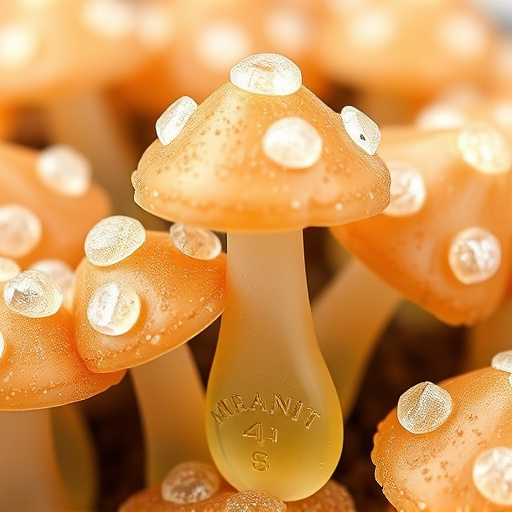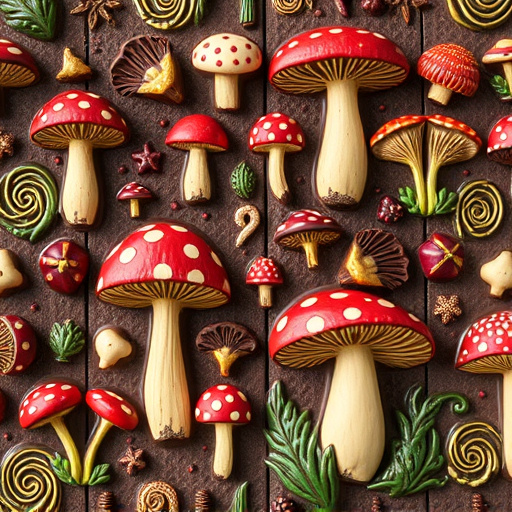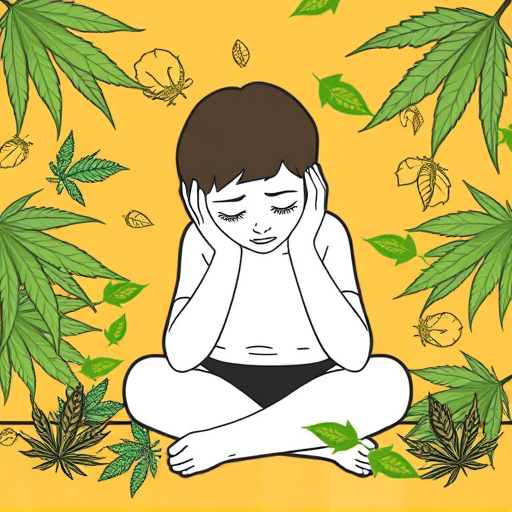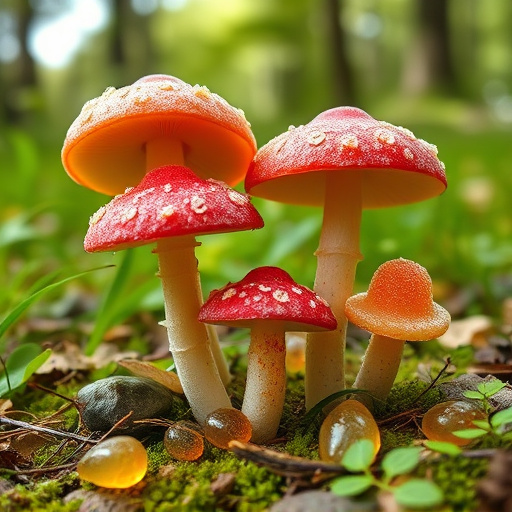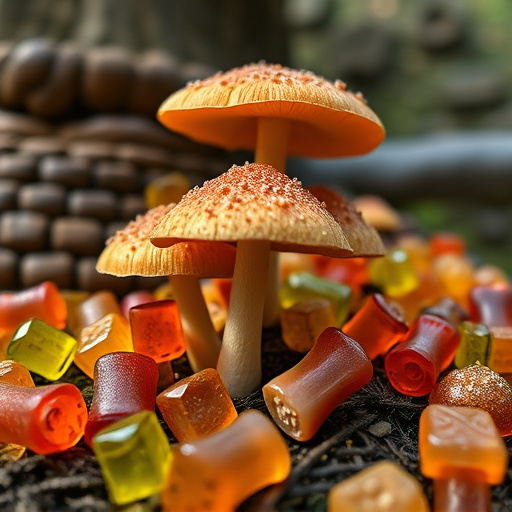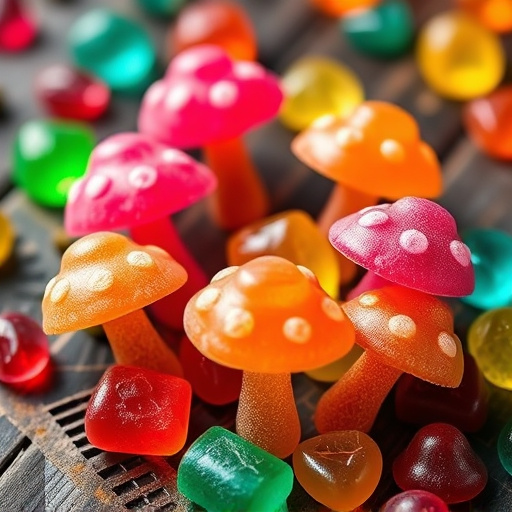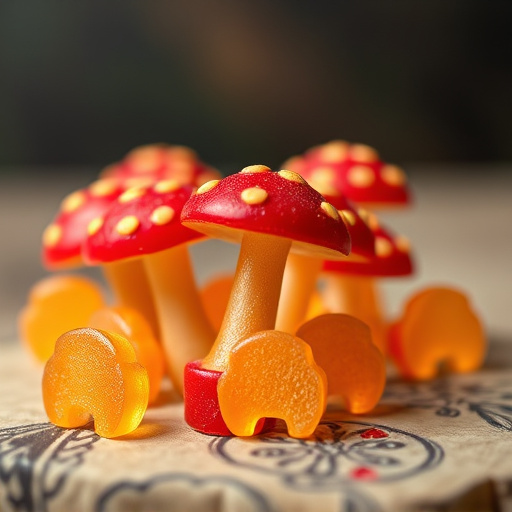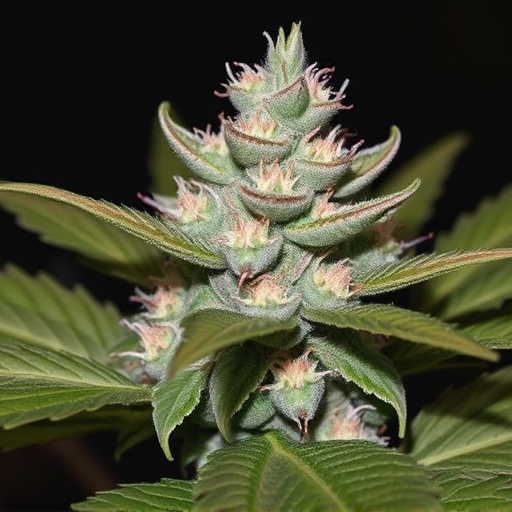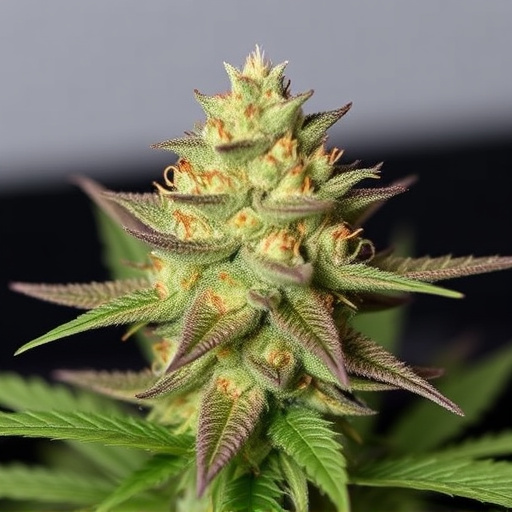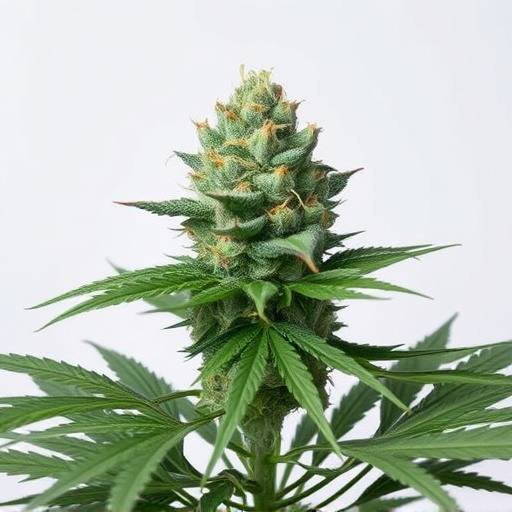Weed's vibrant colors, from purple to blue, result from cannabinoid profiles, terpenes, and compounds like anthocyanins sensitive to light and temperature. Genetic mutations and environmental factors create diverse color variations, especially in sought-after best kush strains like Purple Haze, Red Dragon, and Blue Dream, known for their intense hues and potent effects, offering cultivators and enthusiasts a captivating sensory experience.
Uncover the captivating world of cannabis coloration in this comprehensive guide. We explore the intriguing question: what causes purple, red, and blue weed? Delving into the science behind cannabinoid profiles, terpenes, and pigments, we uncover genetic mutations and environmental factors that contribute to these vibrant hues. Additionally, discover some of the best kush strains known for their unique coloring characteristics, offering a captivating blend of aesthetics and potent effects.
- Understanding Cannabinoid Profiles: The Role of Terpenes and Pigments
- Genetic Mutations and Environmental Factors: Unlocking Color Variation
- Popular Best Kush Strains and Their Unique Coloring Characteristics
Understanding Cannabinoid Profiles: The Role of Terpenes and Pigments
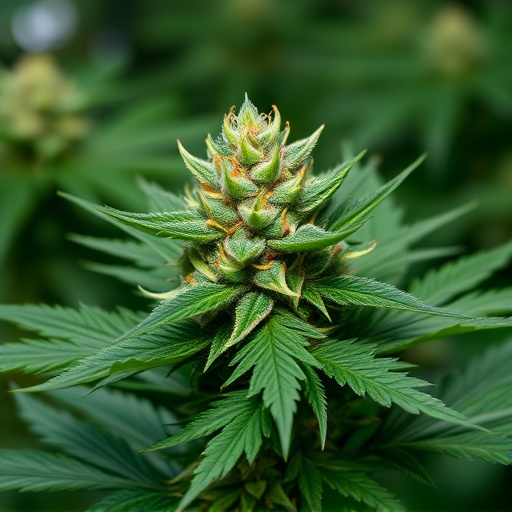
Weed, or cannabis, comes in a wide variety of colors, with purple, red, and blue hues being particularly striking. Understanding why certain strains exhibit these vibrant colors involves delving into their unique cannabinoid profiles. Cannabinoids, like THC and CBD, are responsible for the plant’s effects, but they aren’t the sole contributors to its appearance. Terpenes, aromatic compounds that give cannabis its distinct smells, also play a role in pigment production. These terpenes can enhance or alter the colors of the flowers, creating the mesmerizing purple, red, and blue shades often associated with high-quality kush strains.
Additionally, pigments like anthocyanins contribute to the vibrant tones. These compounds are sensitive to light and temperature, causing them to shift colors as the plant matures. In some cases, terpenes interact with anthocyanins, further influencing their hues. This intricate interplay results in a stunning visual spectacle, making certain cannabis strains highly sought after by enthusiasts who appreciate not just the effects but also the beauty of nature’s art, particularly when it comes to the best kush strains known for their vibrant and distinct colors.
Genetic Mutations and Environmental Factors: Unlocking Color Variation
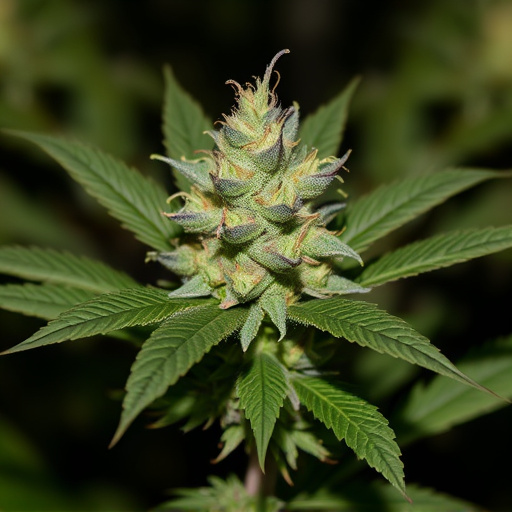
Genetic Mutations and Environmental Factors play a significant role in unlocking the diverse color variations seen in cannabis, particularly in the case of desirable best kush strains. At the core of this phenomenon are genetic mutations that alter the production and distribution of pigments within the plant. These mutations can result in shifts from the typical green hues to the captivating purple, red, or blue shades that many cultivators and enthusiasts seek.
Environmental factors, such as light exposure, temperature, and nutrient levels, also influence color expression. For instance, cooler temperatures and specific light spectrums can trigger the production of anthocyanins, pigments responsible for reds and purples. Conversely, certain genetic traits might make a strain more susceptible to environmental cues, leading to unique color profiles that contribute to their popularity among those seeking the best kush strains for their aesthetic appeal and potential therapeutic benefits.
Popular Best Kush Strains and Their Unique Coloring Characteristics

When it comes to the world of cannabis, Best Kush Strains stand out for their exceptional quality and unique coloring characteristics. These strains are renowned for their rich, vibrant hues that often include shades of purple, red, and blue—a true delight for both cultivators and enthusiasts alike.
Among the most sought-after Best Kush Strains, you’ll find “Purple Haze,” known for its intense purplish-blue colors and potent effects. “Red Dragon” is another favorite, boasting vibrant red and orange hues, offering a unique sensory experience. For those seeking a deep, rich purple, “Blue Dream” is legendary, with its dense buds displaying a stunning blue tint. These strains not only captivate with their appearances but also deliver memorable experiences, making them a top choice for many cannabis connoisseurs.
The vibrant colors of purple, red, and blue in weed are a result of intricate genetic mutations and environmental influences, combined with the unique terpene and pigment profiles that define its cannabinoid composition. Exploring these factors helps us appreciate the diverse range of best kush strains available, each offering distinct sensory experiences. Understanding these characteristics not only enhances our enjoyment but also paves the way for further cultivation innovations in the world of cannabis.
